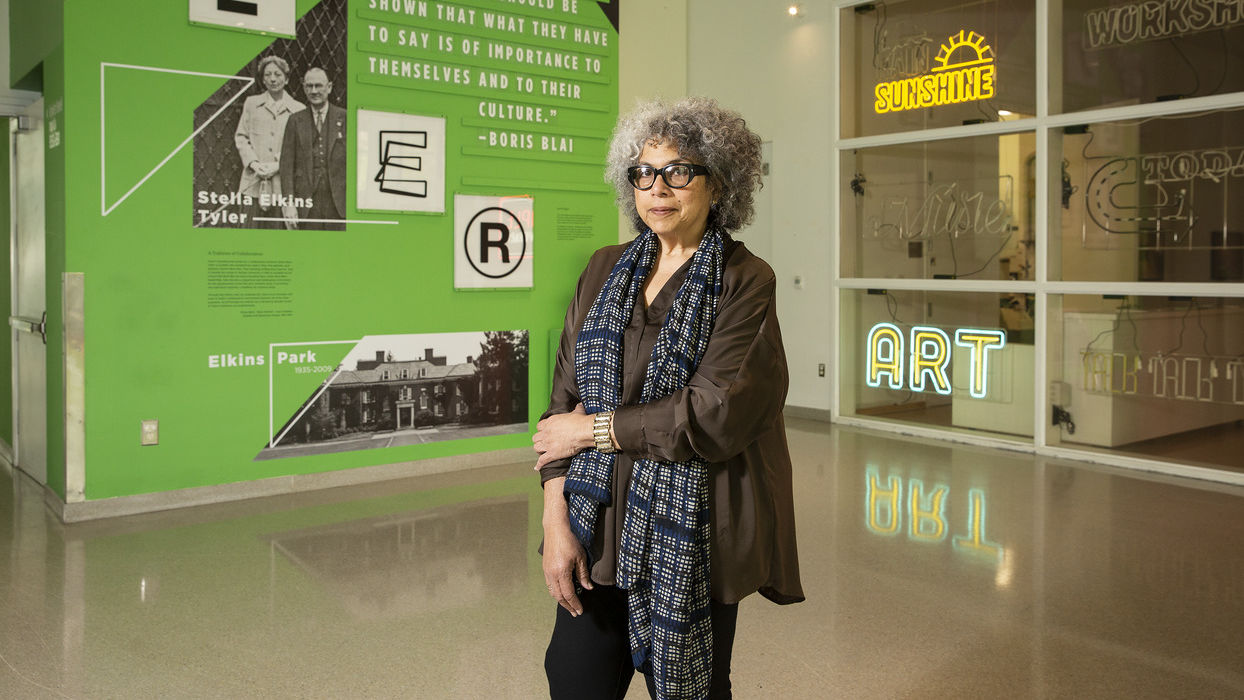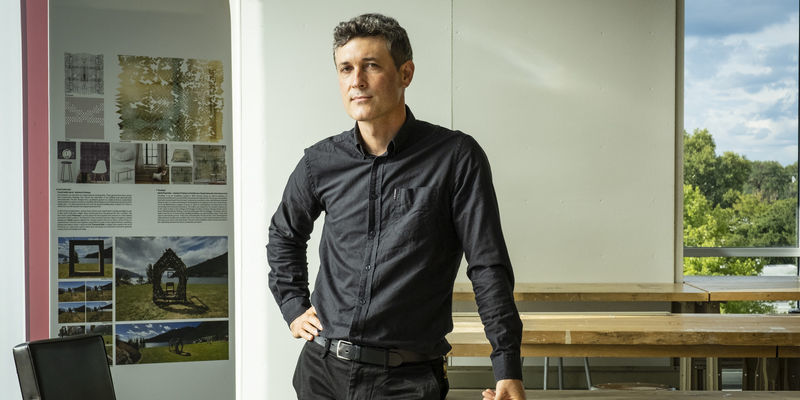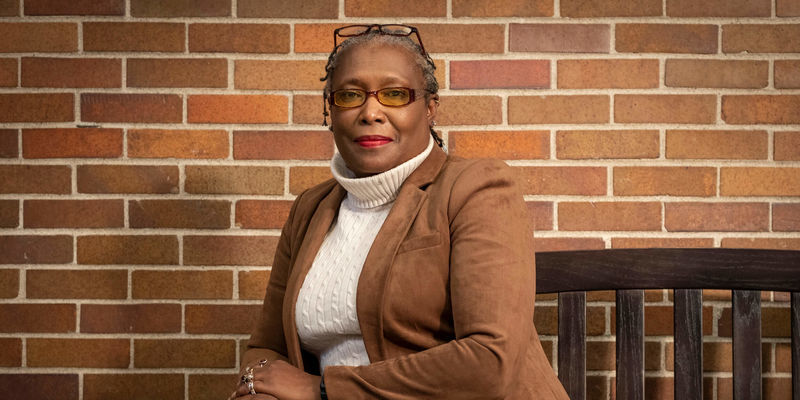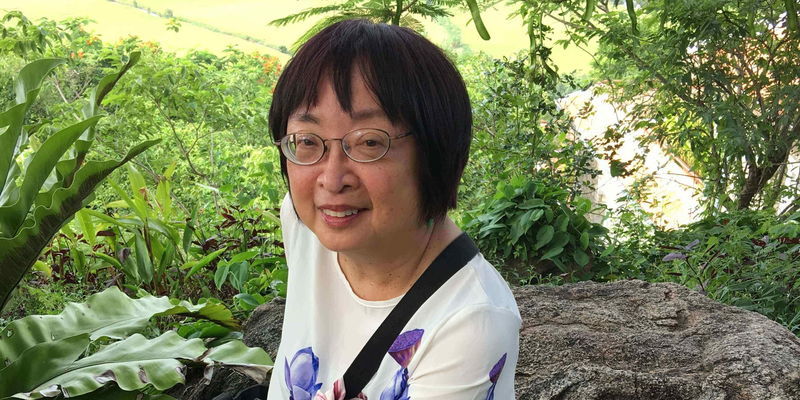Striving for diversity, equity and inclusion in the arts
Linda Earle, associate graduate director in the Art History Department for the arts management MA at the Tyler School of Art and Architecture, discusses the impact philanthropy has had on diversity and how artists are pushing for cultural equity.

A curator, writer and funder, as well as an academic, Linda Earle champions inclusion and the exploration of new platforms and ideas in the arts. She is a professor of practice and the associate graduate director in the Art History Department for the arts management MA at the Tyler School of Art and Architecture.
“There are different systems of even thinking about art experiences that I think are just coming more strongly into view now. People are understanding that you just don’t go into communities and extract cultural value and put it on a wall,” Earle said. “And I think that’s a change that has been formative.”
We spoke with her about how organizations and artists can push for greater equity, how the arts scene is developing and what needs to be done to bring about institutional change.
TN: What impact has philanthropy had historically on the visual arts and how has that affected diversity?
Linda Earle: Philanthropy has had a huge impact on the shape of our institutions. It has benefited artists, too, and given them platforms and affected practices, because they need facilities in which to make their work. There has not been a long history of government patronage in this country. It has evolved over time, from a model that focused on supporting the arts through institutions to including, more recently, a system of grants for individual artists. Now, arts funders are incorporating strategies in their own grant making to promote diversity, equity, inclusion and access. And access in all of its dimensions, including in terms of disability, as well as demographics, class and economics.
Previously, funders in the arts focused on “tentpole organizations”—the most visible kinds of organizations, like the PMA [Philadelphia Museum of Art] or the Metropolitan Museum of Art—and responded mostly to their diversity plans and how they were planning to bring diverse audiences in, rather than considering equity for the whole field and and the role that institutions of color were playing in their communities, and directing resources their way. There was a center to the margins and top-down approach to supporting diversity and culture in general. Now, funders are looking for ways to support cultural production with a multidirectional strategy. They’re looking to support community-based organizations—organizations that represent traditions, organizations that represent innovation within a certain cultural framework—as well as the larger organizations. And they’re looking at how they allocate their funds to really consider whether they are creating an equitable cultural landscape.
TN: How can institutions strive for cultural equity and how can artists do the same?
LE: Artists have been involved as activists since the 1930s and they’ve been politically involved in bringing issues of cultural equity to the forefront. The 1930s were a time of inequity in general, and artists were politicized and the political atmosphere was very charged because of the Depression. There were huge work programs, part of the WPA [Works Progress Administration], for artists. That’s part of the DNA of community-based arts organizations now. The WPA seeded a different kind of cultural landscape by creating community workshops, arts education and arts appreciation programs, so that the frame of art appreciation and participation really expanded, then, and again in the 1960s. And at every juncture artists have been at the forefront in encouraging that kind of diverse cultural participation. I think now artists are dealing with more than just philanthropy. There’s also the marketplace, which is booming. The collectors are part of the boards of institutions and artists have been looking very closely at that crossover—where the donor and collector classes and the 1% intersect—especially in a time of extreme wealth inequality. Artists have offered a deep critique of how power asserts itself through boards of institutions and through the financial infrastructure of those institutions. Actually, institutional critique is its own art form now, as well as an activity, and I think those are both outlets for some really meaningful artist participation in moving the needle in terms of cultural equity.
TN: What more needs to be done to bring about institutional change?
LE: Much more needs to be done. There’ve been calls for change since I can remember and I’ve been in this field almost 50 years. I’ve seen waves of nudging change and then it starts going into retrograde. I think what happened with the pandemic and with George Floyd’s murder was a real reckoning, and the question now is how to deliver systemic change. My approach to teaching arts management is to look at all of the practices that comprise management of an organization and what the lineages of those practices are, so that students can begin to not just critique practices, but also understand how they affect an organization’s expression of values. Then, students can use what is useful and transform what is not.
For example, we look at how institutions project themselves to the public through admissions policies—how lobbies look, how welcomed people feel, or not, in the space—and try to understand that that’s the result of a number of practices. Sometimes the practices are intentional, sometimes they’re unconscious and the result of following tradition. Places look the way they do for specific reasons and institutions may not have been intentionally excluding people, but have ended up doing so anyway. Think about the “don’t touch” atmosphere in many institutions. We don’t want people to destroy art, but how then do we collapse the space in other ways between the art and the audience? We have to be conscious of physical accessibility, but also psychological accessibility. Those stairs in front of the PMA, which you no longer have to use. When they were the only access point, they said to people who weren’t fully mobile, “This is not for you.” That wasn’t the intention, but that’s what happens when you have steep stairs and no handrails. I think broadening access and inclusion in this city and elsewhere is a matter of being very intentional: How do you make people feel that this institution belongs to them and they belong in the institution?
Change also includes giving culturally specific and community-based organizations the tools and resources to serve their communities and not only sustain themselves, but also thrive. Throughout all of the vicissitudes of the pandemic and racial reckoning, institutions of color were considered vulnerable because they didn’t have huge endowments or large groups of staff. Actually, many more of them survived than people thought, partly because they’re resilient and partly because they’ve dealt with a lack of resources. They tend not to get into huge debt because they don’t have good enough credit to do so. But we know that to sustain yourself long term, you have to be able to take risks, you have to retain staff and you have to pay your staff well. These are the infrastructural things that have to be developed in smaller organizations. I think it’s the job of funders and public funding to figure out how to build capacity in those organizations, so they can serve their constituents without losing their integrity. It’s been done before and there are marvelous models out there.
TN: How has the art world changed? What’s on the horizon?
LE: Social media has played an enormous role in the transformation of relationships between artists and the public, because artists have direct access to the public. That’s been a really interesting development. We’ll see how that changes the landscape. I also think most people I know in the arts are both frustrated by the glacial pace of change, but also very excited about what has changed, and the possibilities of what can be changed. We’ll see how generational change affects things too. I would hope to see more and more diverse groups of people—in terms of age, race, ability and ethnicity—joining boards and getting involved in governance and policymaking on a public level with the arts. Because the arts have an important role to play in democracy, especially in terms of social imagination and thinking about new possibilities. During my research [at the Pew Center for Arts and Heritage] I met an archivist, Steven Fullwood, who is working with another archivist, Miranda Mims, on something they created called the Nomadic Archivists Project. They educate African Americans about archives in general and Black archives in particular. I attended a virtual talk Fullwood gave where he said, “I’ve been to the future and someone is looking for you.” And that was a very moving statement about imagining the future and moving towards it, knowing that what’s accomplished now will be accessible in the future.
—Edirin Oputu


